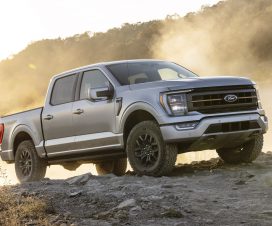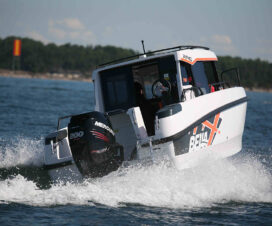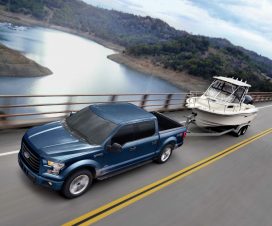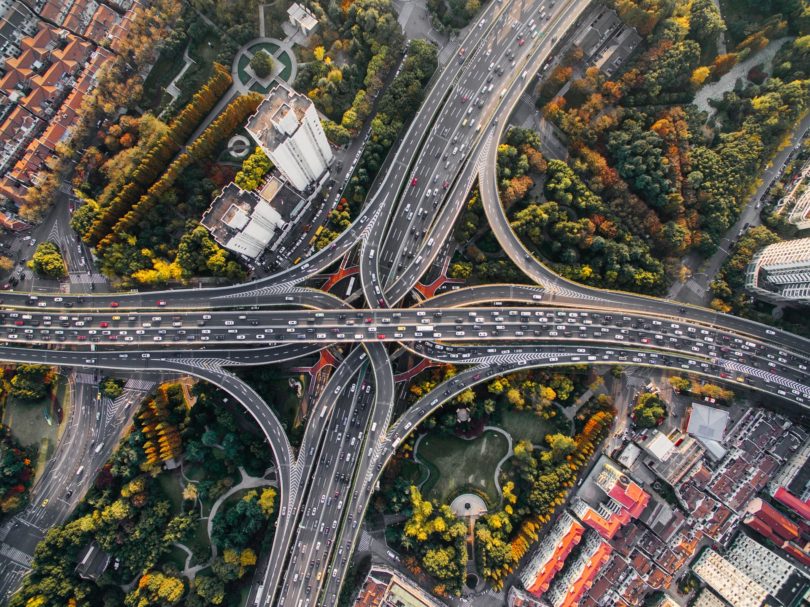 |
The US economy, worth twenty trillion USD, is based on a huge network of infrastructure that spans numerous things such as ports, freight trains, bridges, grids for electricity, and web connectivity. However, the existing structures were constructed several years back, and analysts believe delays and increasing maintenance costs slowed economic growth. In addition, civil engineers often express safety concerns, who stated that structure of several bridges was improper and that the water for drinking was outdated and systems of wastewater represent a health danger for people. Meanwhile, the foreign counterparts of the US people have more dependable and efficient services, and the US spends less on infrastructure than other industrialized nations.
The monies raised by the gasoline tax are utilised to construct new roadways.

Source: unsplash.com
Since 1991 and 1993, neither the state nor the governments in the US have raised their respective shares of these taxes on gasoline.
The price of gasoline is regulated in cents for each gallon.
Since 1991, the 15 cents per gallon set aside for transportation has lost almost half of its buying power due to inflation.
Consumer demand declines when more fuel-efficient cars become more popular, resulting in lower revenue.
At the federal level, Texas is a “donor state,” meaning it receives less federal money than it pays in federal gas taxes.
Increased demand on our roads as a result of strong regional population development exacerbates traffic congestion.
State-collected gas tax funds do not necessarily go to the most congested areas. As a result, regional mobility authorities utilize local funds to fulfil local requirements.
What role does infrastructure have in the US economy?
According to economists, the countries string development after the 2nd World War was enabled by investments made in large-scale in developing systems throughout the 12th century. As a history novelist and planner Henry Petroski presented his argument in the novel of his- “The Road Taken” where he mentioned about not only the American future but also the history and systems, bad systems development can place a heavy financial burden on the US. Beyond the dangers of natural calamities like collapsing of bridges breaches in dams for human safety, badly managed roadways, waterways, rail lines lead to a significant loss in the financial output.
In Petroski’s estimation, stoppages resulting from congested traffic cost the United States economy one-hundred twenty billion USD annually. A million Americans (about 1.4) are employed by air transportation, and overseas tourists bring in billions of dollars annually in tax revenue. However, some estimates show that the inadequate or a bad situation of the country’s airports affected the economy of the country by around thirty-five billion USD annually in not only in missing flights but delays as well.
Many economists believe that spending money to develop new systems and ongoing upkeep will boost the economy. It would improve long-term US competitiveness, protect the economy from shocks, and generate employment by enhancing effectiveness and dependability and minimising transportation costs. Infrastructure investment, according to economists, has a substantial effect in multiple ways, indicating that the economic benefits outweigh the cost. According to research report of University of Maryland published in 2014, infrastructure expenditures may contribute up to three USD to growth of Gross Domestic Product for every one USD invested, with the impact being more significant during a period of economic downturn.
Toll roads are unpopular among the general population.
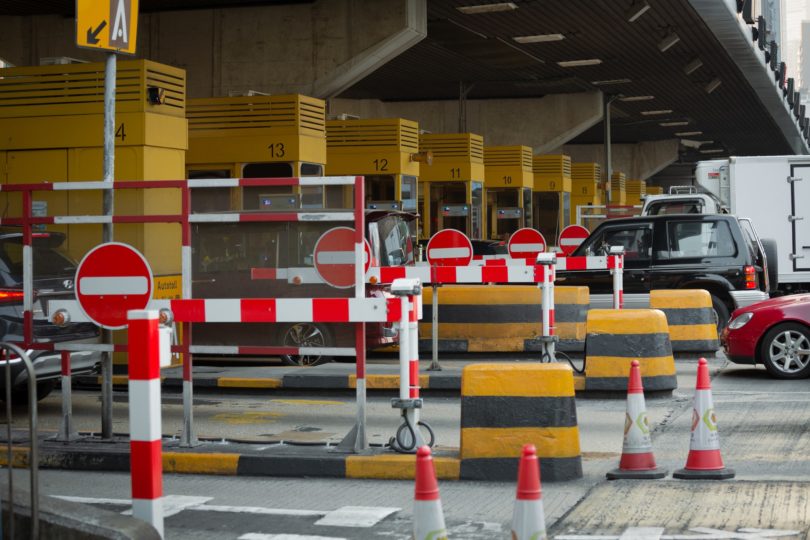
Source: unsplash.com
There are no free highways; only toll roads and roads funded by taxes exist. Therefore, raising additional money, whether via higher taxes or fees for using a facility, is never popular.
Polls regularly indicate that drivers prefer project-specific tolls to general taxes, and those toll roads enhance driving choices. Moreover, as per a survey, 84 percent of Americans believe tolls should be considered a project-by-project transportation funding source.
Toll road use is not a tax since it is a free, private choice. Tolls are a fee that drivers choose to pay to travel on tolled roads. Tolls are a user charge that drivers choose to pay to travel on tolled lanes. Taxes are mandatory and paid by all people, while Tolls are an additional fee that vehicles must yield to travel on tolled lanes.
How does infrastructure support and financing work in the US?
As a developed country, the Government is investing more money on municipal and state infrastructure than most of its counterparts. When it comes to infrastructure development, several nations in Europe fund it at nationally, however in the US; just a small part of public infrastructure (about ¼ th) is funded by the government. Local governments who are tight for funds must now shoulder a larger percentage of charges for maintenance and investment, down from thirty-eight percent in the late 70s.
Washington’s principal method of financing transportation projects is through direct payments from the Highway Trust Finance (HTF), established in 1956 to aid in the construction of the Interstate Highway System. The Trust Finance is supported by the gasoline taxes and other charges related to transportation, which have been steady for the past 20 years or so. About eighty percent of the funds invested on roads and highways, with the remainder going toward public transportation improvements. Experts, on the other hand, made a prediction that the HTF will go bankrupt by 2024, with a six billion USD deficiency.
Instead of constructing tolled fast lanes, we should add more non-tolled general-purpose lanes to our highway.
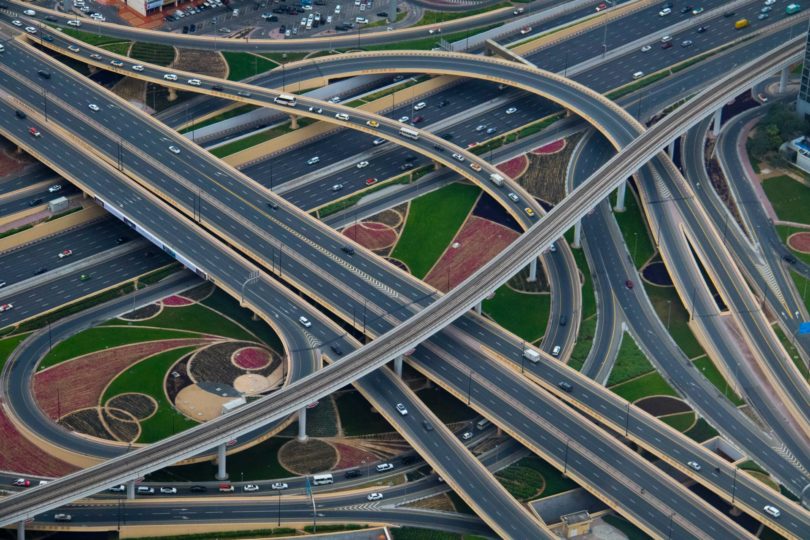
Source: unsplash.com
Additional non-tolled general-purpose lanes in regions where population expansion has exceeded demand will not alleviate traffic congestion since they are ineffectively managed.
The fundamental aim of express lanes is to maintain free-flowing express lane traffic. Variable toll pricing promotes or discourages usage by raising the toll when traffic is high and lowering it when traffic is quiet.
Express lanes encourage people to utilize public transportation since they are toll-free.
The toll payment procedure is as simple as the trip itself.
To make the toll payment procedure easier for our customers, we’ve embraced technology. For example, we utilize all-electronic tolling, which means that tolls are collected without requiring vehicles to stop, slow down, or remain in a specific lane. And we understand that paying tolls may be complicated, with several toll companies issuing bills in Central Texas (TxDOT owns and manages SH 45, SH 130, and Loop 1).
Conclusion
Uproad have provided this article to look at methods to enhance the delivery of transportation services by altering the system of charging and paying for roads. In addition, more direct methods of taxing road users, such as tolls on limited-access motorways and metering and charging for all roads, are being explored.

